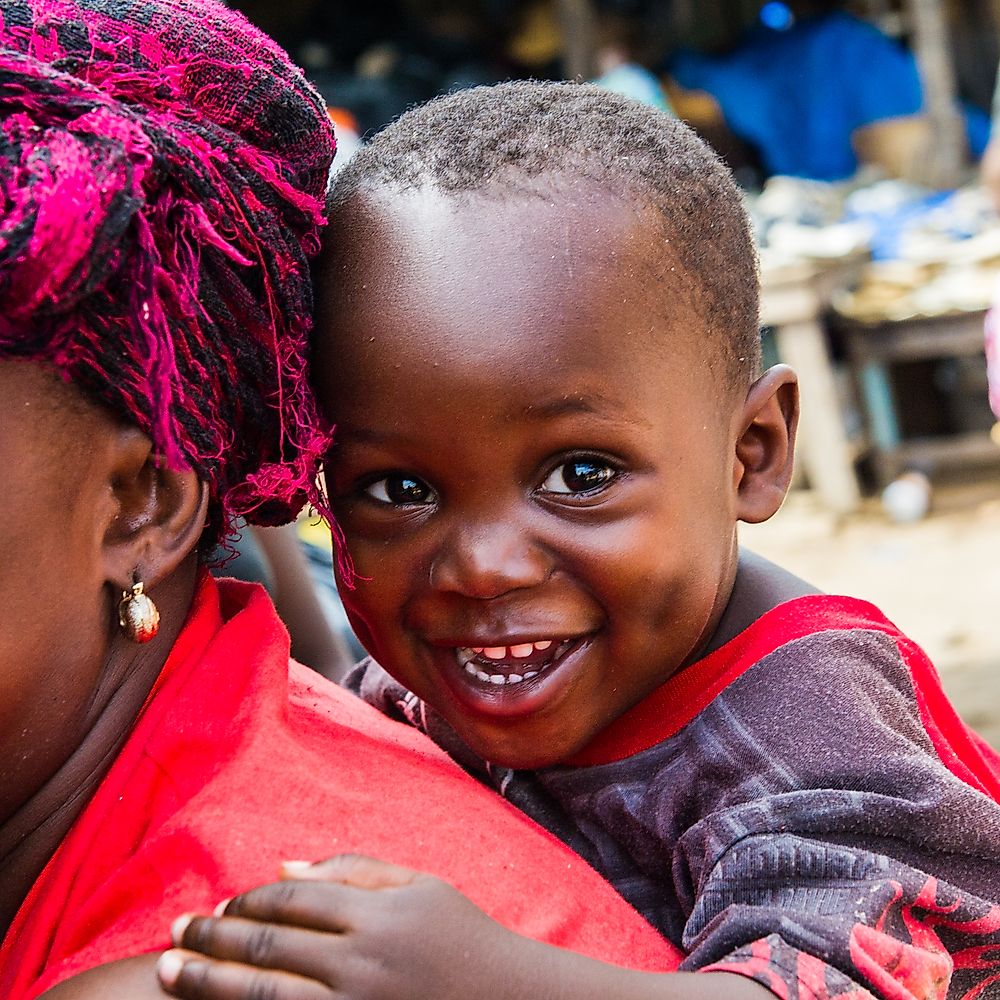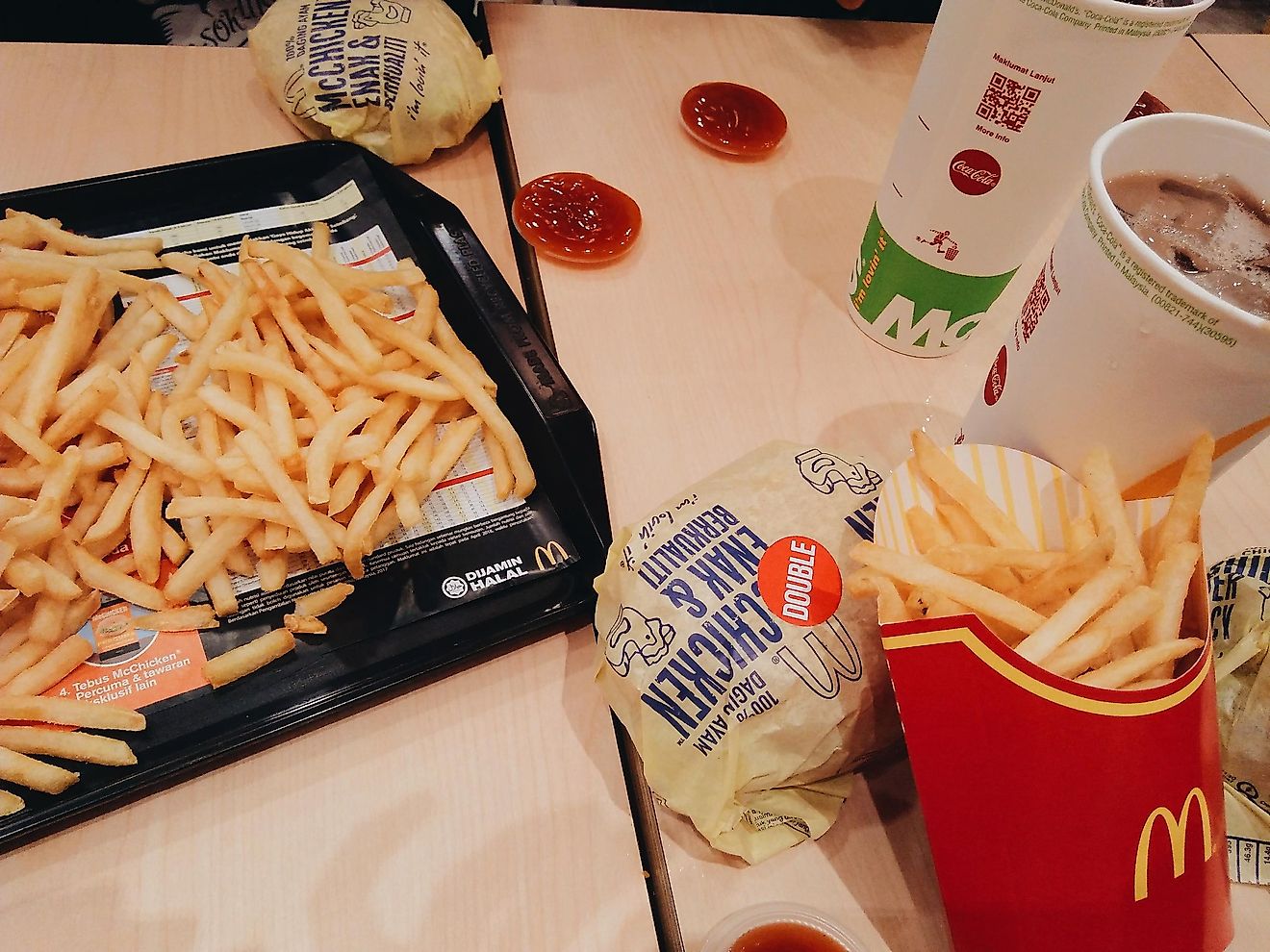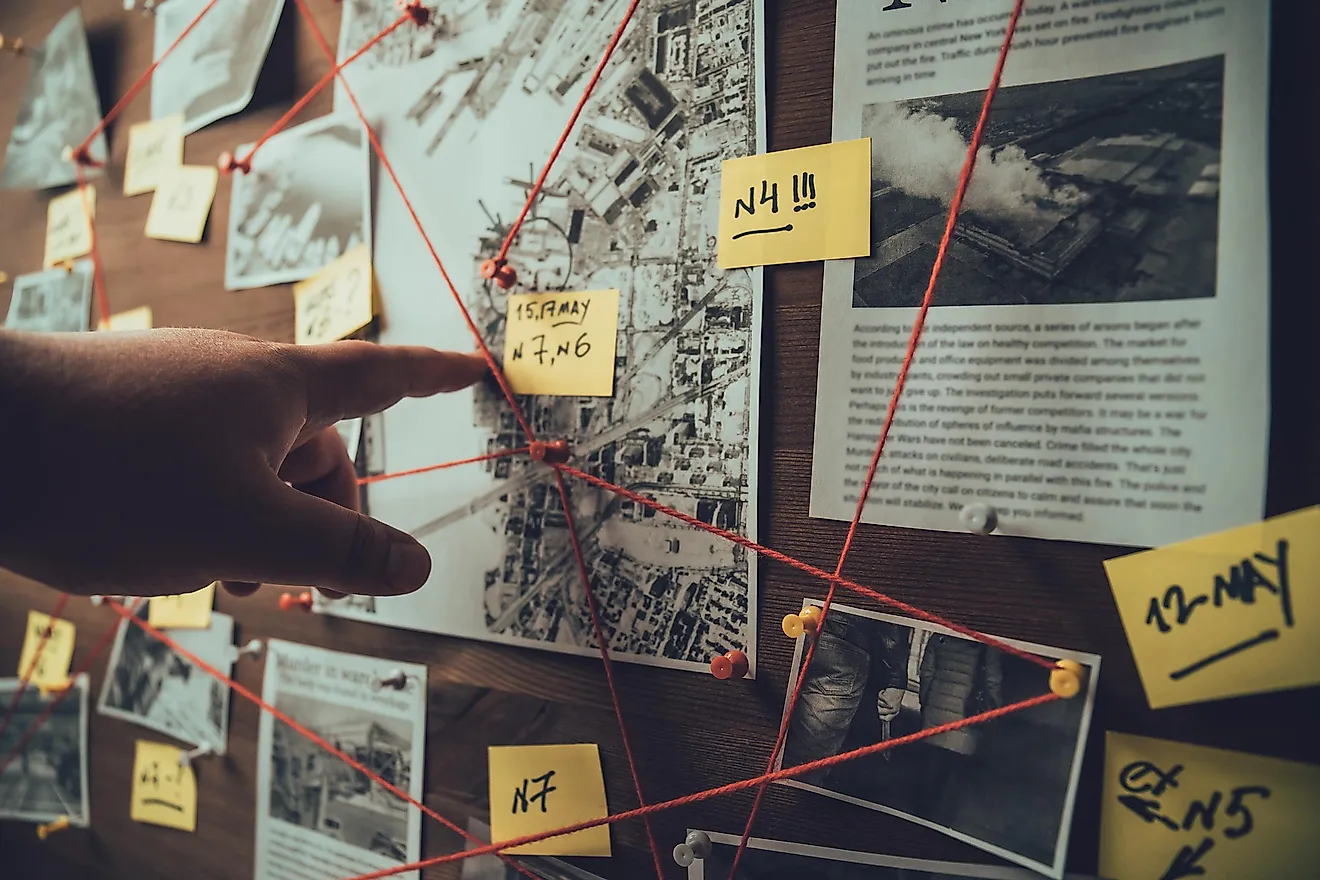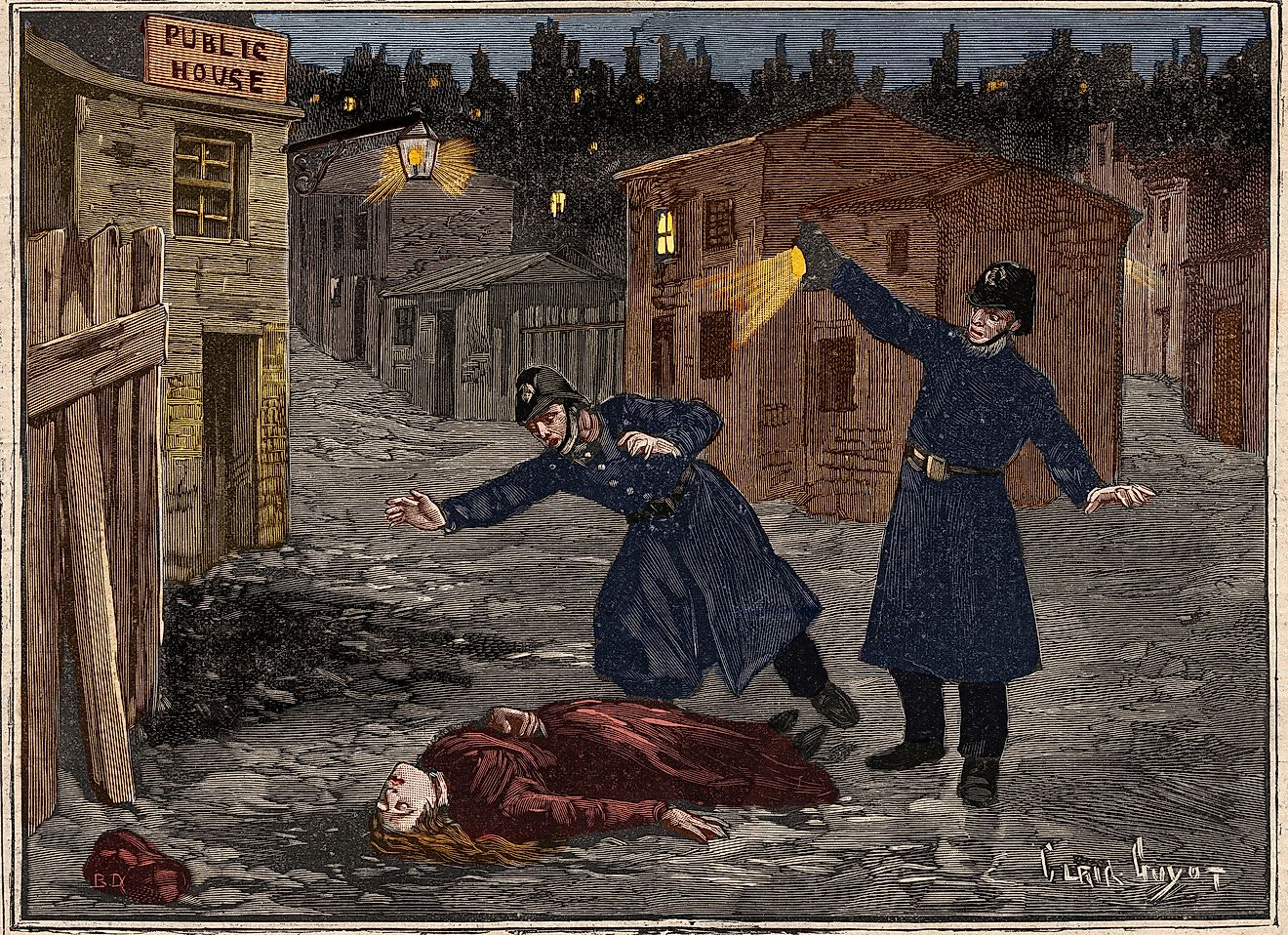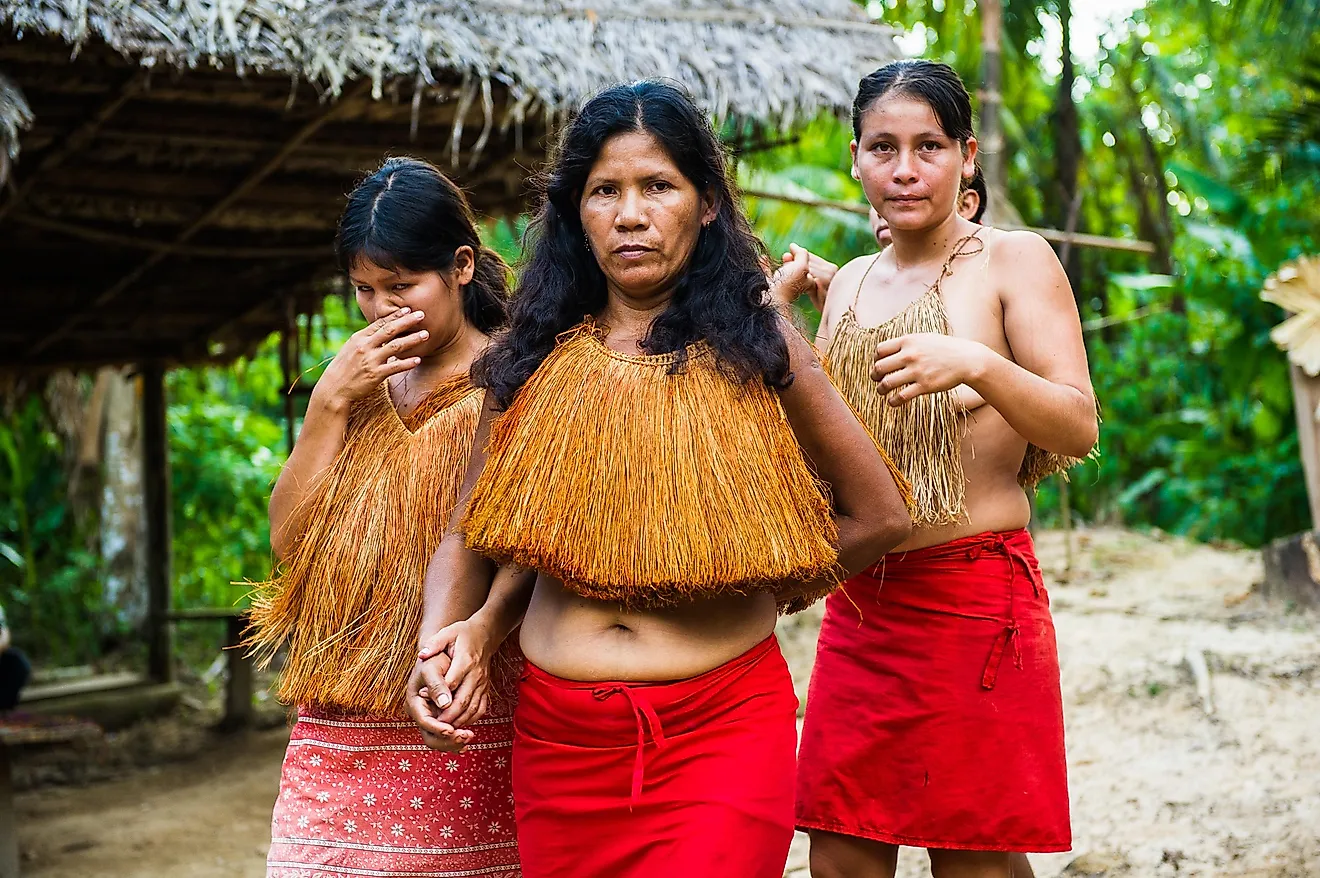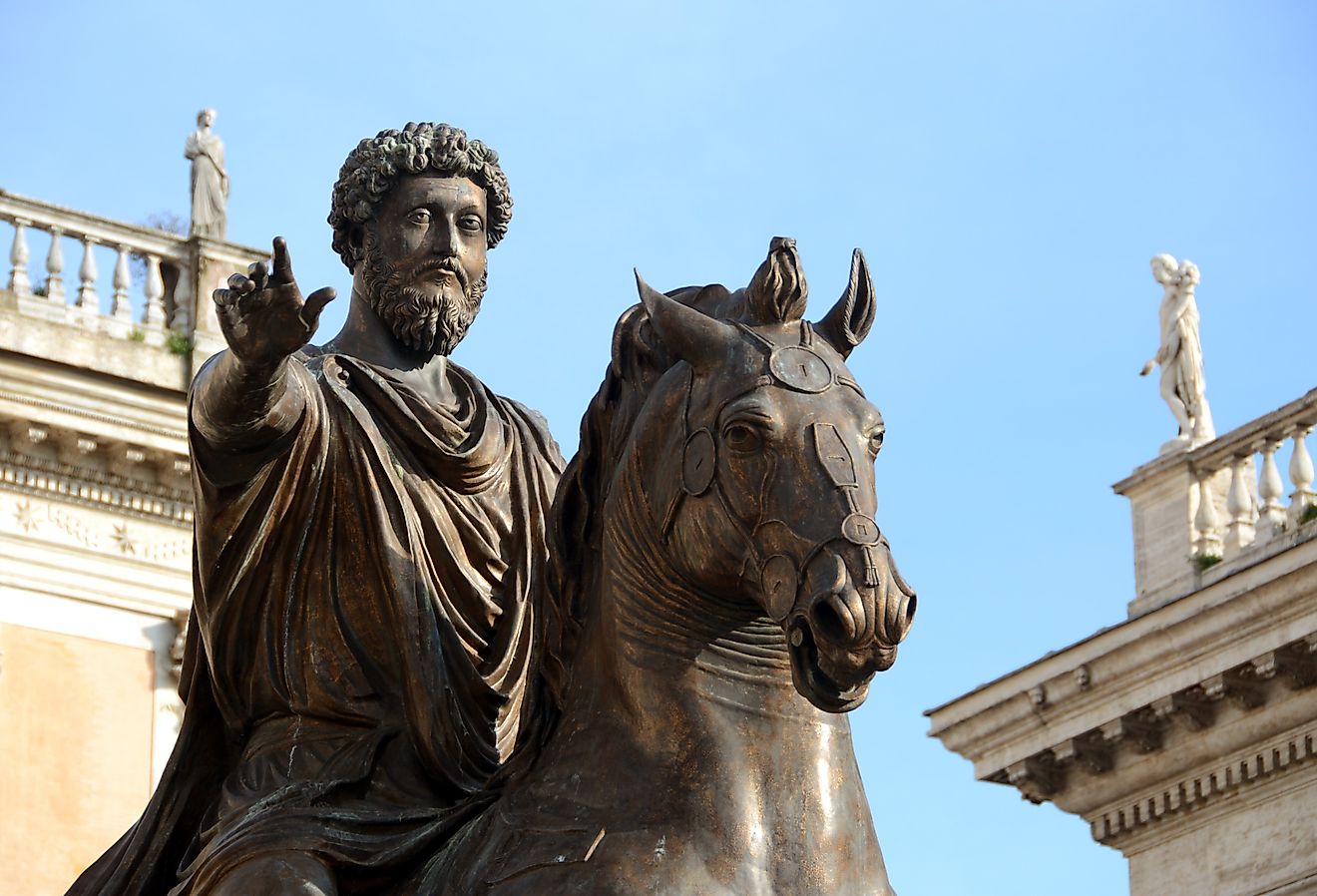The Culture Of Uzbekistan

The Central Asian nation of Uzbekistan is a doubly landlocked country with a population of around 30,023,709 individuals. 80% of the population of Uzbekistan comprises of ethnic Uzbeks. Other ethnic groups living in the country include Russians, Tajiks, Kazakhs, and Karakalpaks. Islam is the largest religion in Uzbekistan with 88% of the population adhering to it. Most of the country’s Muslims are Sunnis. Christians affiliated to the Eastern Orthodox Church comprise 9% of the total population. Here are some notable aspects about the culture of Uzbekistan.
7. Cuisine In Uzbekistan
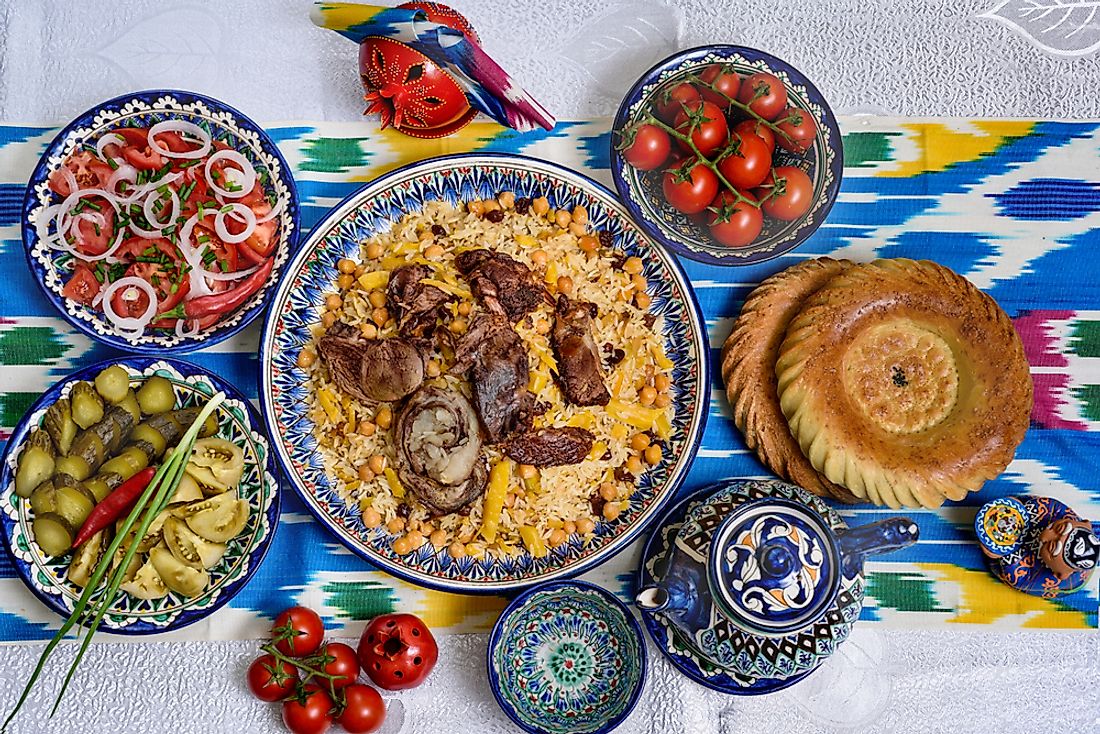
Local agriculture influences the cuisine of Uzbekistan. Bread and noodles are an important part of the diet as grains are produced in large quantities in the country. Mutton is also frequently consumed. Palov, a dish comprising of rice, meat pieces, grated onions, and carrots, is a signature dish of Uzbekistan. Shurpa (a soup of meat pieces and vegetables), somsa (a meat pastry), chuchvara (a kind of dumpling), kebabs, etc., are some of the popular food items of Uzbekistan. Tea, both green and black, is consumed throughout the country (usually without sugar and milk). A chilled yogurt drink called Aryan is popular during the summer.
6. Literature
Uzbekistan has a rich literary heritage. Some of its most famous writers of the past include the poet Alisher Navoi whose work comparing the Turkish and Persian language, is highly praised. The 11th-century Uzbek writer Abu Rayhan al-Biruni is famous for his study of India. Babur, the first Mughal ruler of India who came from the Ferghana Valley, wrote an autobiography that is regarded as one of the finest literary works. The country also has a rich oral literary tradition where elderly minstrels recite historical events and mythological stories through epic songs.
5. Uzbek Art And Craft
Like literature, the country also has a long history of art and craft. During the Soviet rule, the same suffered competition from the factory-produced goods. With the increase in tourism in recent decades, however, the country's artists and artisans are once more thriving. Miniature paintings, wood carvings of architectural features, sonduq, silk textiles, etc., are some of the popular traditional crafts from Uzbekistan.
4. Performance Arts In Uzbekistan
Uzbek music involves instruments like dotars, flutes, small drums, and tambourines. The singing style is nasal and throaty. Uzbeki women sing Sozandas that are accompanied by percussion instruments. Today, the music scene in the country is also influenced by foreign cultures. Uzbek dance music is produced by a fusion of electric instrumental music and folk music. The Sufi dance called zikr that involves moving in circles to enter a trance state, is also practiced today. Folk songs and dances are performed during festivals and weddings and also to entertain foreign tourists.
3. Sports In Uzbekistan
Over the years, Uzbekistan has produced many sports personalities of international fame. Djamolidine Abdoujaparov, a former racing cyclist, who has thrice won the Tour de France points contest, is an Uzbek. Artur Taymazov, a wrestler from the country has won two Olympic gold medals in 2004 and 2008. Kurash, a traditional Uzbek fighting art, has gained popularity globally. Football is the most popular sports in the country.
2. Festivals In Uzbekistan
Uzbeks celebrate New Year on January 1 with by decorating a new year tree and gifting each other. People listen to traditional music as they dine with family and friends on New Year’s Eve and sing the national anthem to welcome the new year at midnight. Women’s Day, introduced during the Soviet rule, is celebrated on March 8. Women receive gifts on this day. Other secular celebrations include the Independence Day on September 1 and Victory Day on May 9. With the majority of Uzbeks being Muslims, festivals associated with the religion are observed in the country. The Zoroastrian holiday of Navrus is also observed by drinking the Sumaliak soup. During holidays, Uzbeks prefer visiting friends and family. They usually enjoy feasts and drink vodka. Concerts and parades are also held in the town squares or villages.
1. Life In The Uzbek Society
Prior to the Soviet rule in Uzbekistan, the gender roles were strictly defined in the traditional Uzbek society. Men were expected to work outside the home while women were assigned the role of managing the household and children. Women did, however, often supplement the income by weaving, spinning or embroidering. Things changed during the Soviet period when both men and women enjoyed the right to education and work. Large numbers of Uzbek women entered the workforce during this time. They also attained higher education and became doctors, nurses, teachers, etc.
In today’s Uzbekistan, society is male-dominated but women still constitute a significant part of the workforce. The number of women is, however, low in politics and in the higher management and administrative positions. The society is more conservative in the Ferghana Valley where full veiling of women is occasionally practiced.
Early marriages are common in Uzbekistan and marriages are usually arranged by parents, especially in rural areas. Marriages are extended multi-day celebrations with the bride’s family usually bearing the expenses of the celebrations.
Domestic units in Uzbekistan are usually large with several generations living under the same roof. Nuclear families are more common in urban areas. Families are mostly patriarchal with the eldest male member having the final say in most matters. The youngest son usually inherits the parental house and is obliged to care for the elderly parents in return.
Children are usually the primary responsibility of the mother while other women in the family also help bring up the child. Babies are usually hidden from public view for about 40 days after birth.
Elders are highly revered in the Uzbek culture. Younger people are expected to greet their elders politely. Greetings between men are in the form of a handshake with the left hand placed over the heart. Women greet either by kissing each other on the cheeks for close family members or friends. Women are expected to wear modest clothes covering their body. They are expected to speak in low voices and be gentle and dignified in their attitude.

